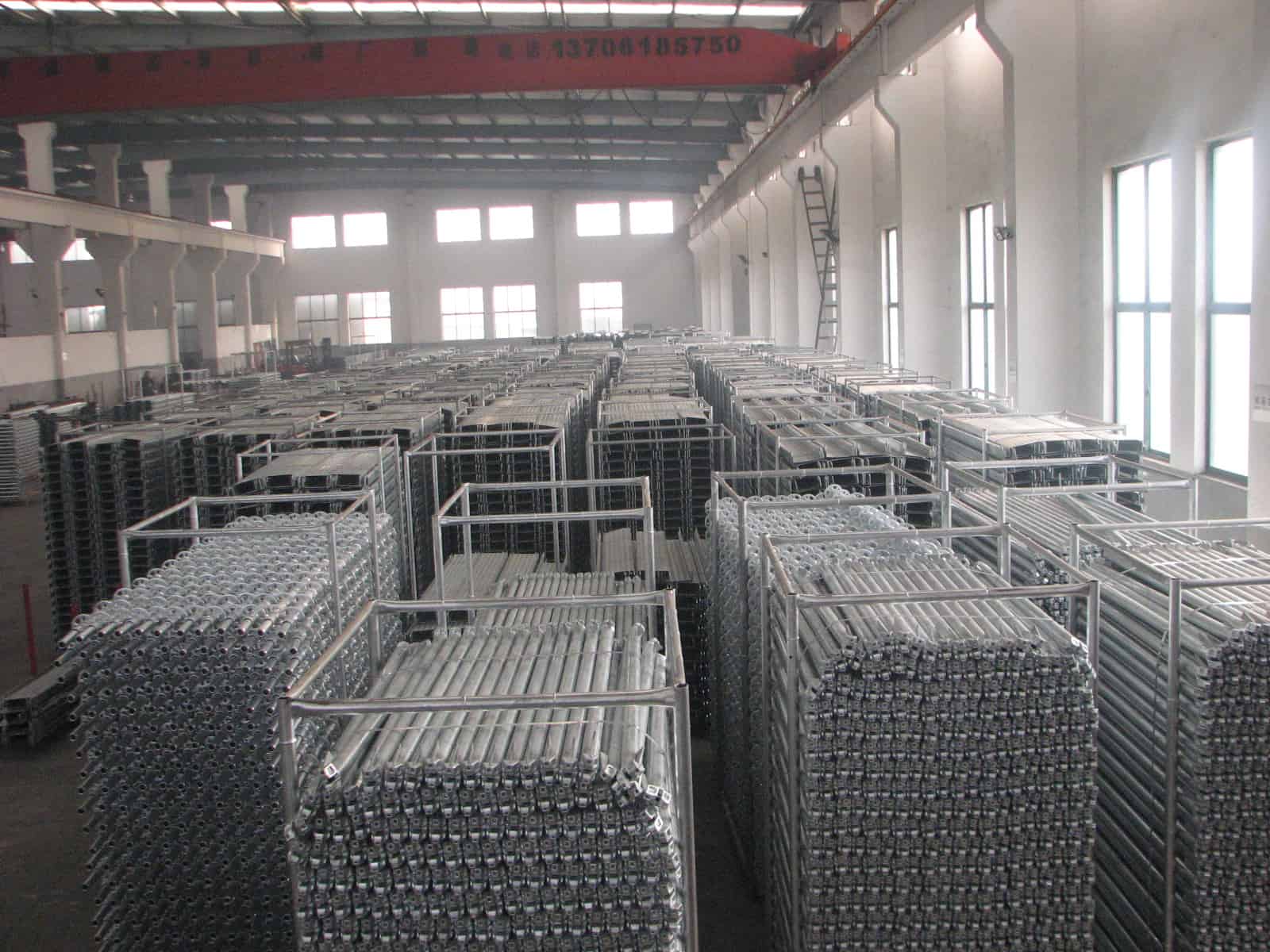Rolling Scaffolds: Enhancing Efficiency and Safety in Construction
Introduction
In the ever-evolving realm of construction, striking a balance between efficiency and safety is key. Playing a pivotal role in achieving this are rolling scaffolds or mobile scaffolds, versatile structures mounted on casters or wheels, which facilitate easy movement, creating a more productive work environment.
Understanding the Basics of Rolling Scaffolds
What is a Rolling Scaffold?
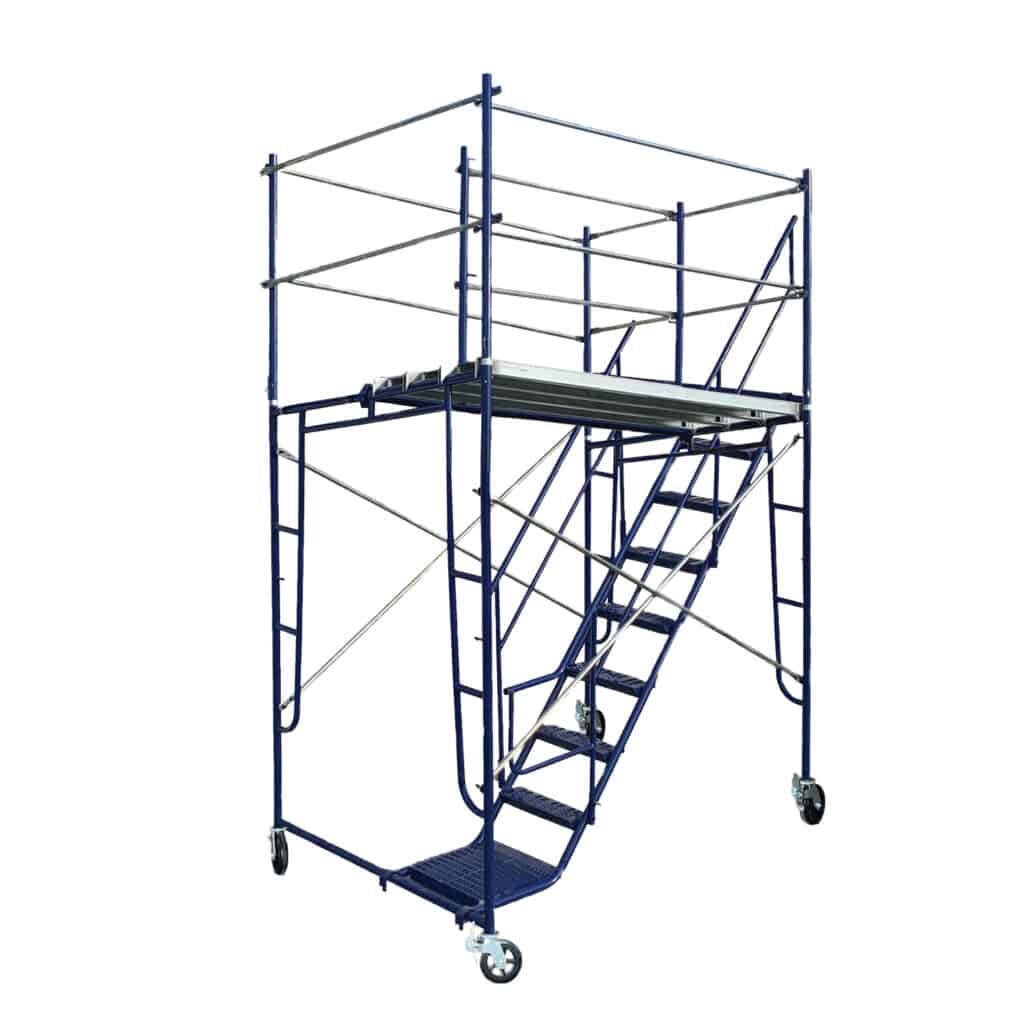
A rolling scaffold, also known as a mobile scaffold, is a type of scaffolding system that rests on casters or wheels. These state-of-the-art systems can be either powered or unpowered, providing unparalleled mobility and adaptability on construction sites. This feature significantly elevates the productivity of various work procedures.
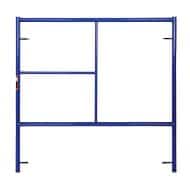
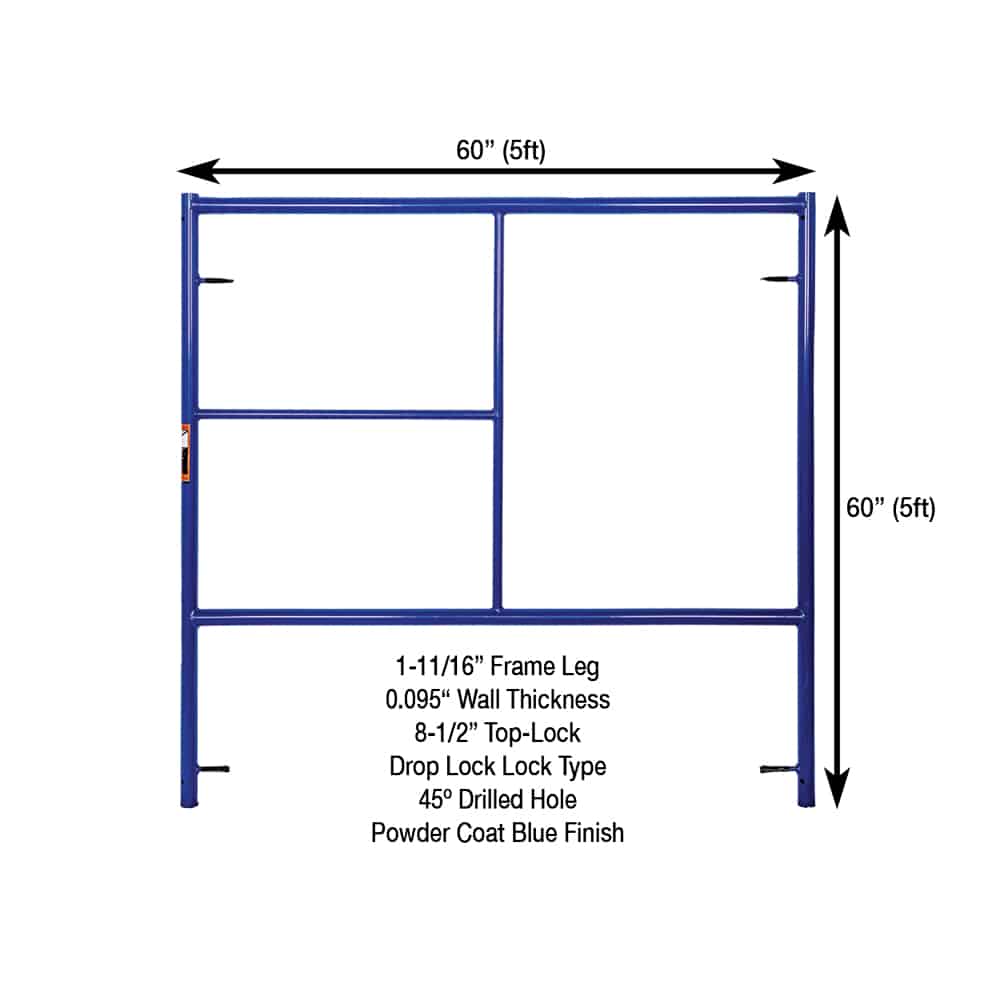
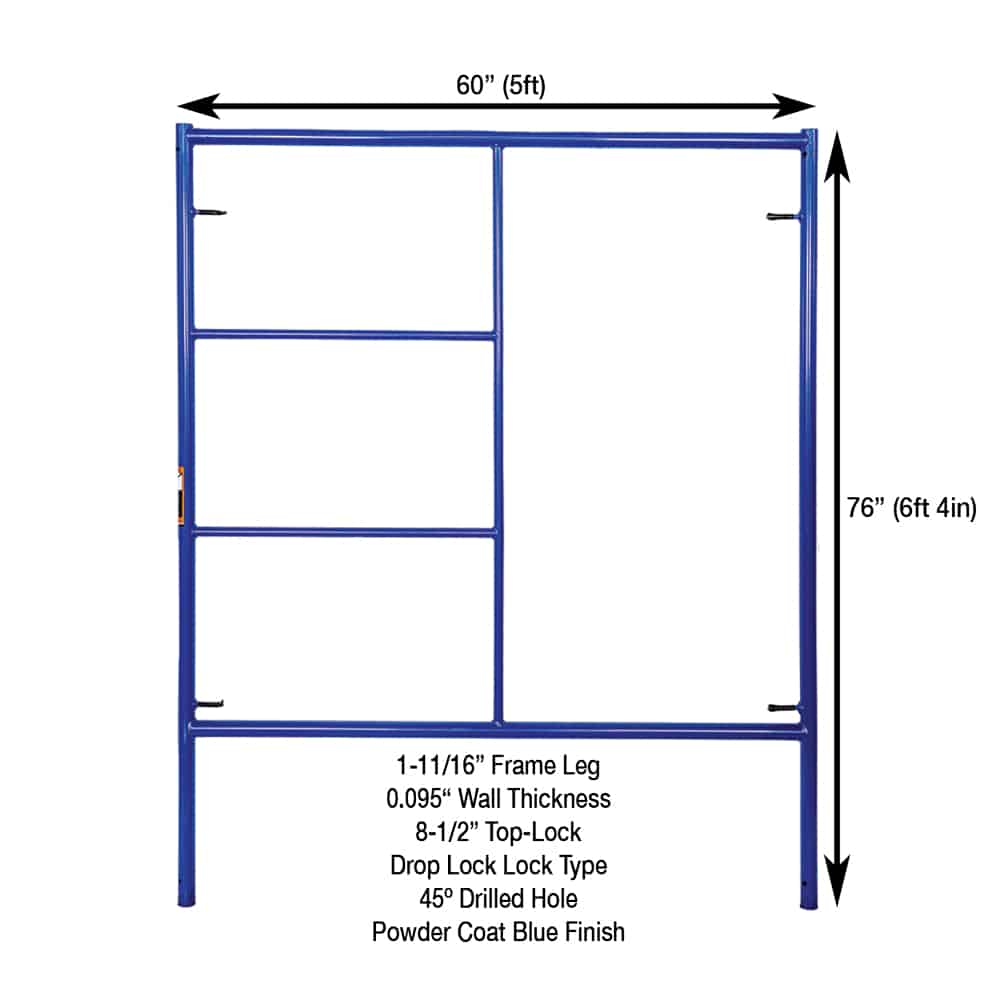
Types of Scaffolds
The construction industry generally utilizes three types of scaffolds: supported scaffolds, suspended scaffolds, and aerial lifts. The rolling scaffold falls under the category of supported scaffolds but stands out due to its mobility feature.
Benefits of Using Rolling Scaffolds
Enhanced Mobility
The greatest advantage of rolling scaffolds is their mobility. These structures can easily be moved around the worksite, significantly reducing the time and energy usually spent disassembling and reassembling stationary scaffolds.
Increased Safety
Rolling scaffolds also bring improved safety to construction sites. They are designed with locking mechanisms on the wheels to ensure stability during use.
Versatility
From painting to maintenance and repair works, the applications of rolling scaffolds are broad, making them a versatile tool in construction.
Safety Measures to Consider When Using Rolling Scaffolds
Safety should always be at the forefront when utilizing rolling scaffolds. The Canadian Centre for Occupational Health and Safety (CCOHS) outlines several safety guidelines specific to rolling scaffolds, including maintaining a working platform height not exceeding three times the base width, unless the scaffold is stabilized or equipped with outriggers. Furthermore, avoid the use of powered devices to move scaffolds, leaning access ladders against rolling scaffolds, and over-reaching from the scaffold.
Load Capacity
Understanding the weight limits of rolling scaffolds is vital. Overloading can lead to serious accidents. Always adhere to the manufacturer’s guidelines regarding the load capacity.
JumplyScaffolding’s Role in Providing Superior Quality Rolling Scaffolds
At JumplyScaffolding, we pride ourselves on delivering products that meet the highest safety standards, aligning with regulations set by the Occupational Safety and Health Administration (OSHA) and other certification bodies.
Customized Solutions
We understand that each construction project is unique. Therefore, we offer customized scaffolding solutions tailored to meet the specific needs and requirements of our clients.
Certified Products
Our rolling scaffolds are certified by TUV, SGS, OSHA, and ANIS, ensuring they meet international safety and quality standards.
Dedicated Customer Service
Our commitment to customer satisfaction is unmatched. We provide excellent customer service, timely deliveries, and high-quality products, ensuring our clients have a smooth and efficient experience with our solutions.
Conclusion
Rolling scaffolds bring efficiency, safety, and versatility to the construction industry. With JumplyScaffolding’s commitment to quality and customer service, we strive to provide reliable and superior scaffolding solutions to construction companies, scaffolding rental companies, and building material suppliers across the globe.
FAQs
- How high can you build a rolling scaffold? The height of a rolling scaffold should not exceed three times the smallest base dimension unless it is stabilized or equipped with outriggers, as outlined by the Canadian Centre for Occupational Health and Safety (CCOHS).
- What are the three types of scaffolds? The three types of scaffolds commonly used in the construction industry are supported scaffolds, suspended scaffolds, and aerial lifts. Rolling scaffold is a subtype of supported scaffolds, distinguished by its mobility.
- What is the OSHA violation for scaffolding? OSHA violations for scaffolding can vary, but they typically involve lack of fall protection, improper construction of the scaffold, lack of guardrails, or overloading the scaffold. It’s crucial to follow all safety guidelines to avoid these violations.
- What requirements must be met before employees can ride a rolling scaffold? Before employees can ride a rolling scaffold, it must be ensured that the surface on which the scaffold is being moved is within 3 degrees of level, free of pits, holes, and obstructions. Also, the height to base width ratio of the scaffold during movement must be two to one or less, unless it’s designed and constructed to meet or exceed nationally recognized stability test requirements.
- Why choose JumplyScaffolding for your rolling scaffold needs? JumplyScaffolding offers superior quality, customized rolling scaffold solutions that meet international safety and quality standards. Our commitment to customer satisfaction, timely delivery, and dedicated customer service makes us a reliable choice for your scaffolding needs.
Get Access Now: https://jumplyscaffolding.com

